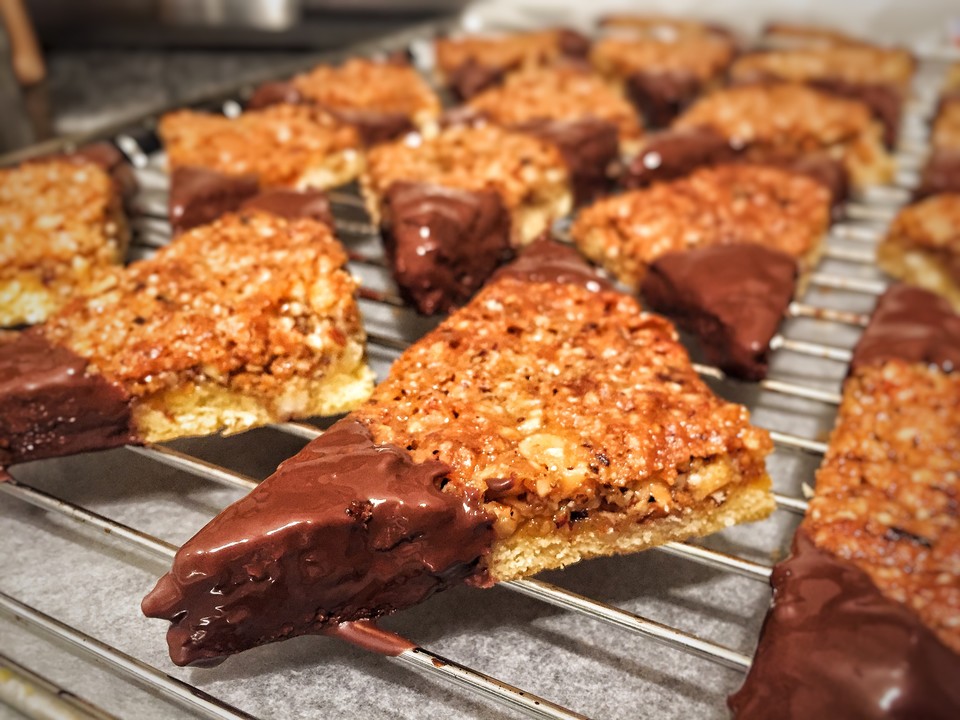"Responding to violent autistic behavior in toddlers and children requires significant parental considerations. Interspersions, not intensities; will worsen the behavior further for the child. For example, lets take Adam, who likes hit the child next to him in school because he likes to hear the other child’s reaction–“He hit me!” Or, let’s talk about Sophie; who, out of jealousy, throws her classmate’s stationaries off the table and on the ground.
For children with high functioning or borderline autism, it is often the attention they get from being difficult that keeps children into the habit. For parents, the time to act is now! If you don’t intervene today, the problem would only grow, not to mention that there can be another child victimized tomorrow.
While many of you may have taken temporary measures to alleviate this problem, unless you have a longer-term autistic behavior control strategy in place, the child might end up hurting several others and in worst cases, him/herself.
The DO’s and DON’Ts for Handling Violent Autistic Behavior
Ways to minimize such behavior and assuring everyone’s safety requires some specific strategies to be in place. It’s not that you always have to do something; there are certain things you must also refrain from.
The List of DO’s
Visual or non-verbal redirections: Gestures/visuals tell an individual what you want him/her to do without use of words. Hold him/her out, wave to gain his/her attention and then send the message to sit down or stand up with your hands. It is commanding without attending to the behavior.
Block aggression without engaging: Best way to do this is keeping the individual from being too close to others. Do it without talking or looking straight into his/her eyes. Also, obstruct his/her view to the target with a beanbag, a chair or something else. Keep him in your view and watch covertly to assure safety.
Attend the victim: If the child is attacking or teasing other students, keep eyes on the student being targeted. Ask him/her if he/she is OK, fuss over him/her, and pay lots of attention to the child. Ignore the attacking child and talk about the behavior expected from the victim in such cases. Plain ignoring goes a long way.
Assuring safety: Don’t sacrifice safety to avoid attention. This may go without saying but it’s important to recognize that sometimes violent autistic behavior is going to escalate and you are going to have to do something to keep a student from running out into the parking lot or hurting another student. Those are times when you will have to intervene, but do it with as little attention as possible.
Check your own emotions: That’s tough. Not letting your blood boil with frustration and holding a neutral face is difficult but possible; an expressive face just reinforces an attention-seeking behavior. Keep your calm and don’t involuntarily yell out–when a kid pulls yours or another’s hair all in a sudden. Take a deep breath for that.
The List of DON’Ts
Don’t talk (or yell): A child engages in such violent autistic behaviors – even meltdowns – if upset about something. It is often not intentional and those times are not a good time to try reasoning. Language is likely to increase problems furthermore. Being upset makes a person not want to talk to anyone.
Eye-contacts are not advised: Keeping an eye for safety and making eye contacts (i.e. looking directly into the eyes of the individual) engages him/her even more and provides the attention which you are trying to cut off. Look off in the distance; look at another direction…anywhere but directly at the child.
Avoid touching: Touching an upset individual will only escalate the situation and fights might break out. If it’s only a pretense to gain attention, physical contact provides that. Physically intervention to assure safety, if at all required, must be brief."
